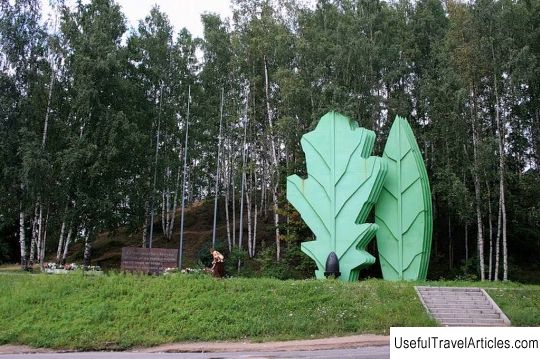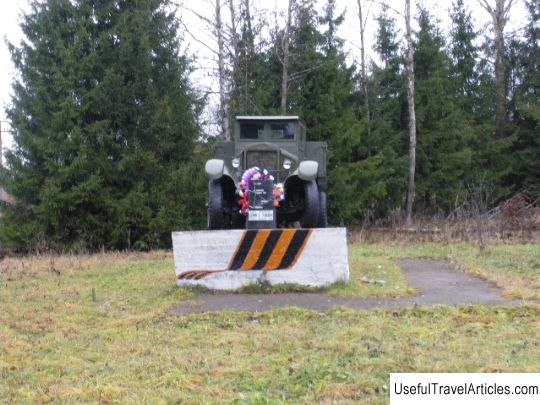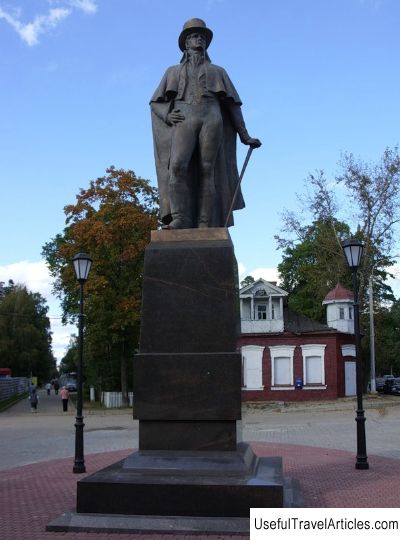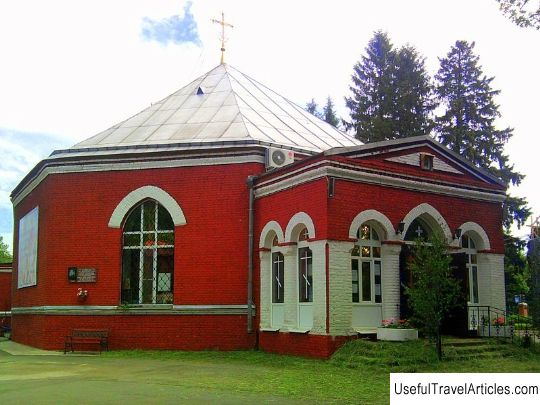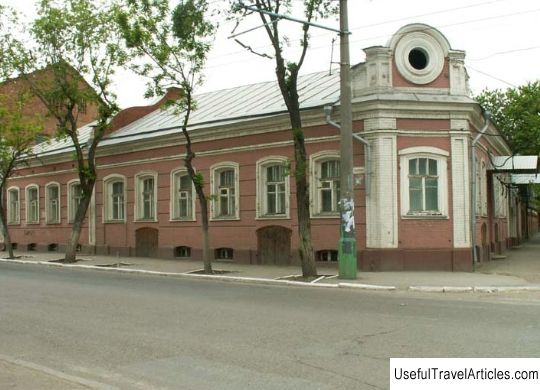Monument ”lorry” description and photos - Russia - Leningrad region: Vsevolozhsk
Rating: 8,5/10 (4544 votes) 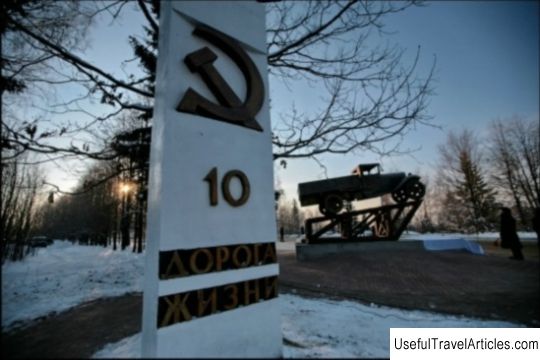
Monument to "lorry" description and photo - Russia - Leningrad region: Vsevolozhsk. Detailed information about the attraction. Description, photos and a map showing the nearest significant objects. Photo and descriptionThe monument to the legendary "lorry" was opened on Rumbolovskaya mountain on January 27, 2012, on the 68th anniversary of the lifting of the blockade of Leningrad in Vsevolozhsk, at 10 km of the Road of Life, directly opposite Church of the Savior Image Not Made by Hands. This is the first monument of this scale in the last half century of the existence of the memorial complex. In the previous 20 years, there was no time for the opening of new monuments, the main task was to preserve the "Road of Life" complex from destruction. There is no such monument in any country in the world. The site for the installation of the monument was not chosen by chance - on this section of the road there was the most fierce shelling. The monument to the heroic car is an exact copy of the Gaz-AA military truck, cast from bronze in Rostov-on-Don in full size. The author of the monument is the honored artist Sergei Isakov. When creating the bronze car, the craftsmen tried to achieve a high level of reliability, so the truck was even toned, as if it had just returned from another trip along the Road of Life. The base of the monument is a frame framed with barbed wire, a symbol of the fact that 1.5 million Leningraders were evacuated under constant fire in these vehicles, that hundreds of thousands of tons of food were delivered to Leningrad in "lorries" From the idea of the monument almost two years passed before its implementation. The idea of the monument was hatched for a long time by the local authorities. On the Road of Life, along which thousands of trucks passed during the blockade, there was not even a mention of the "lorry" itself. Then the sculptor, Sergei Isakov, such a unique and so controversial idea was proposed - to cast the legendary truck in bronze. The monument was erected by the Charitable Foundation "Tree of Life" - the foundation for the revival of the national spiritual and cultural heritage, with the support of the governments of Russia and the Leningrad region, the administration of the city of Vsevolozhsk and the Zabota charitable foundation. The monument was opened by veterans and residents of the besieged Leningrad, as well as the governor of the Leningrad region Valery Serdyukov. "Polutorka" - the legendary "soldier machine", as it was aptly named, ensured the life of the besieged city, delivering from the "mainland" along the ice road of life, fuel and food and took out children and the wounded to the Soviet rear. The modest toiler of the Road of Life in the difficult days of the blockade played a huge role and is rightfully considered a symbol of the victory of our people in the Great Patriotic War. The heroic "lorry" in 2012 celebrated its 80th anniversary. On January 29, 1932, the first one and a half-ton automobile GAZ-AA, made according to the drawings of the American company "Ford" (with which an agreement on technical cooperation was concluded in 1929), rolled off the assembly line of the Gorky Automobile Plant. Despite Seemingly simple in appearance, the design of the truck was quite progressive for its time. The basis of the chassis was a powerful spar frame, a cab and a body were installed on it. Until 1934, the cab of the truck was made of wood and pressed cardboard, a little later, the cab was made of metal with a leatherette roof. "GAZ-AA" had a four-cylinder 40 hp engine. from. and a four-speed gearbox, the car could reach speeds of up to 70 km / h. The main advantage of the car engine was that it ran on inexpensive fuels, and in the warm season, as well as in a warm state, it could run on kerosene. In 1938, after modernization, the car was equipped with an engine in 50 liters. with reinforced rear springs mounting, new steering gear and propeller shaft. The 1938 car received the GAZ-MM index, but outwardly did not differ in any way from the GAZ-AA. These vehicles were very widely used during the war and were the main mode of transport in besieged Leningrad. This monument is a true decoration of Vsevolozhsk, which serves the patriotic education of the young residents of the city and reminds all generations of the hard trials that befell the inhabitants of the besieged Leningrad, as well as the feat of the drivers who, at the cost of their lives, saved the residents of the besieged city.      We also recommend reading Pinsal Falls description and photos - Philippines: Luzon Island Topic: Monument ”lorry” description and photos - Russia - Leningrad region: Vsevolozhsk. |
